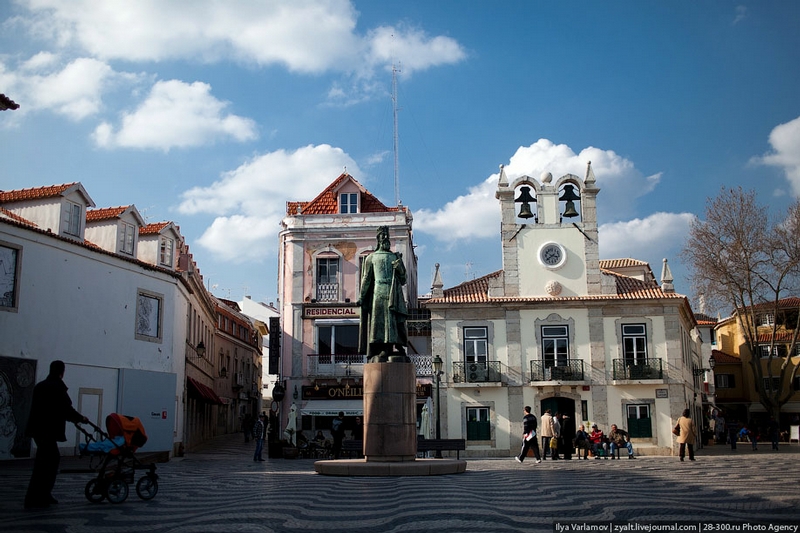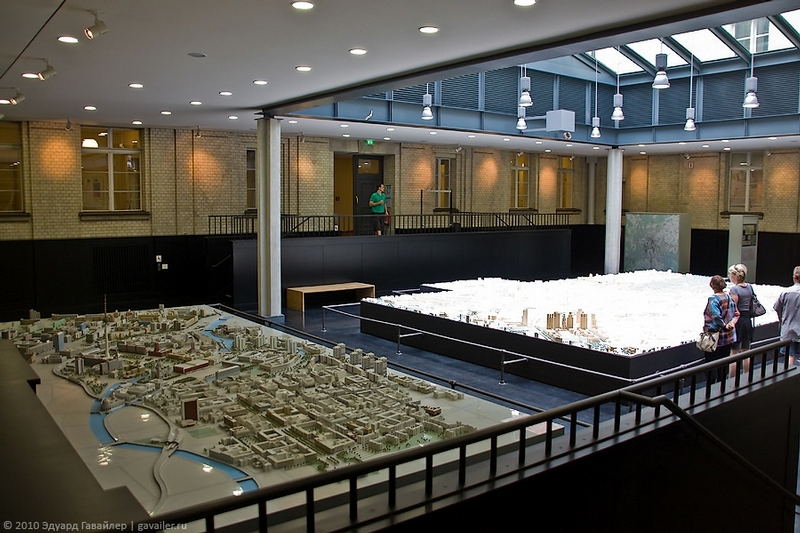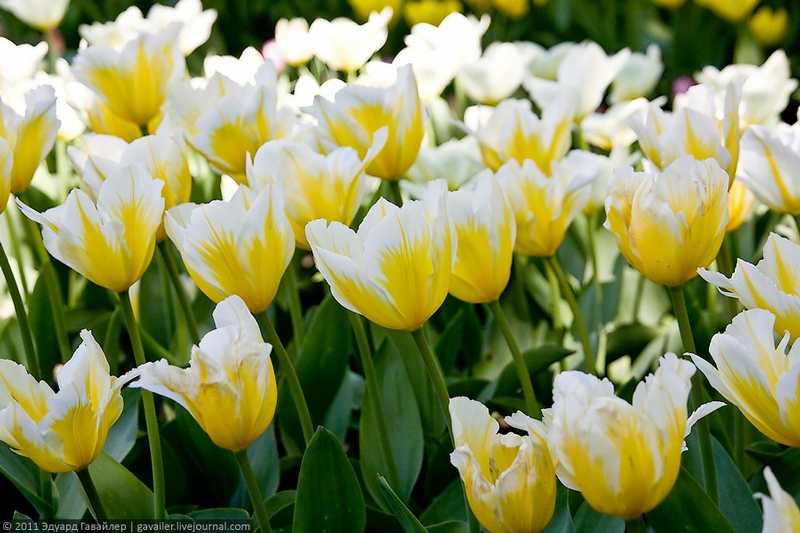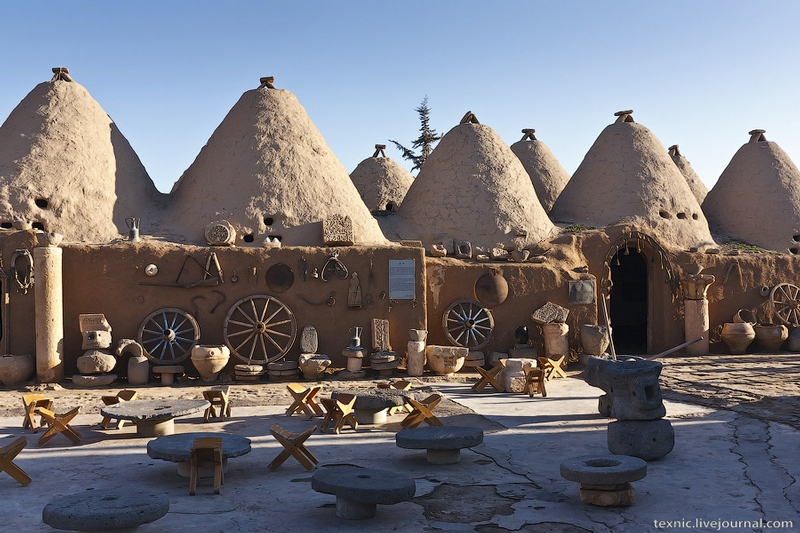From deep canyons and vast deserts to crystal exotic bays and dazzling glaciers, North America’s National Parks feature world’s most scenic natural beauties. The U.S. is home to almost 400 natural parks that preserve our planet’s most exceptional and diverse formations and sites. In this beauty contest of 10 most scenic national parks the winners do not differ much from the defeated.
10. Death Valley, California, Nevada.
Death Valley National Park is the hottest and the driest spot in the United States. It is a place where the record-breaking temperature of 134 °F (56.7 °C) hit on 10 July 1913. It was the hottest day ever reported in the country. Moreover, it is also the lowest place in North America – 282 feet (86 m) below sea level (at Badwater).
Rock formations, salt pans, desert and “skeletonized” ranges (mountains with very little soil on them) are the main features of the park’s dramatic landscape.
9. Kenai Fjords National Park. Alaska.
Kenai Fjord National Park is the smallest national park in Alaska covering an area of 2,833 square kilometers, but it is home to one of the largest ice fields in the United States – Harding Icefield. The park’s beauty consists in a vibrant blend of glaciers, bays and coves, fjords, and abundant marine wildlife. The park is home to such animals as black bears, moose, humpback and orca whales as well as northern sea lions and sea otters.
8. Hawai’i Volcanoes National Park. Hawaii.
Key personalities of the stunning landscape of Hawai?i Volcanoes National Park are Kilauea and Mauna Loa, the world’s most active volcanoes. Mauna Loa (Long Mountain) is the largest shield volcano – 18,000 cubic miles (75,000 km3) – in terms of area covered on Earth. It measures 13,679 feet (4,169 m), while Kilauea is four times smaller and it has precisely 4,091 ft (1,247 m).
A blend of lava remnants, volcanic ash, black sand mixed with tropical lush rain forest and exotic beaches are the park’s main characteristics.
7. Arches National Park. Utah.
The uniqueness of the Arches National Park’s landscape is undeniable. The park is home to around 2,000 natural sandstone arches that form amazing rock sculptures of many different shapes and sizes. It is the largest concentration on natural arches in the United States.
Among highlights of the park is Balanced Rock – the big rock on top is the size of three school buses!
The best time to visit the Arches is spring, when the temperatures are moderate and the wildflowers cover the landscape.
6. Virgin Islands National Park. St. John.
Virgin Islands National Park, a little paradise on Earth, is almost completely surrounded by the turquoise waters of the ocean and amazing coral reefs. The park has 14,689 acres (59 sq km) and it takes up around 60% of the Saint John island.
The white sand beaches, crystal waters and exotic plants make the park an excellent destination for hiking, diving, snorkelling, or just strolling around and relaxing.
The park also features ruins of sugar plantations that emerged on the island in mid-18th century.
5. Denali National Park. Alaska.
Magnificent summit of Mount McKinley towering above the landscape is a landmark of the Denali National Park, Alaska. McKinley or Denali, which means “the great one” in the Athabaskan language, the highest mountain in the North America, is only one of many features that give the park its scenic beauty.
Denali Park is wild, dramatic, and vast. It is home to grizzly and black bears, moose, gray wolfs, foxes and lynx. Savage tundra covered with ferns, grasses and mosses stretches through the park. Only 300 miles south of the Arctic Circle, the park’s ecosystem is sub-arctic, with cold winters, so the best time to go is summer, when the days are long and temperatures are warmer.
4. Yosemite National Park. California.
There must be a reason why over 3.5 million people a year visit the Yosemite National Park. It is the grandeur of the park that attracts crowds, tempting visitors with its spectacular cliffs and rocks, waterfalls, mountain streams, clear lakes, sequoia and oak groves and abundant wildlife.
The park that was inscribed on the list of UNESCO World Heritage Site in 1984 contains five vegetation zones that are home to rare plants and diverse fauna: the black bear, mule deer, bobcats, marmots and chipmunks.
The park is an all-year destination, but to avoid crowds it is better not to go during weekends and public holidays.
3. Zion National Park. Utah
The promenade of reddish and white colors captured in Navajo Sandstone formation constitutes the beauty of the Zion National Park, the first national park established in Utah (1909). Navajo’s rocks form the Zion Canyon, the main feature of the park. The canyon is 15 miles (24km) long and it can be viewed from the bottom (in contrast to Grand Canyon). Crystal streams, amazing rock formations and diverse plants can be seen along a 6 mile long road that leads into the canyon.
The Zion is home to a broad collection of plants, birds (289 species), mammals (such as the mule deer and mountain lions) as well as reptiles.
It is also an all-year destination, but spring and fall is perfect for hiking and strolling around.
2. Yellowstone National Park. Wyoming. Montana. Idaho
People have been fascinated by the exceptional beauty and unique natural phenomena of Yellowstone National Park for centuries. In 1872 it became the world’s first national park, and since then it has been attracting thousands of visitors each year (which strongly worries environmentalists).
Among distinctive features of the park are hot springs and around 300 geysers. The park houses the world’s largest active geyser – Steamboat Geyser that is able to throw water more than 300 feet (90 m) into the air.
What’s more, Yellowstone Park is a land of mountains ranges, lakes, waterfalls, deep canyons, wild forests and abundant wildlife. Among most prominent representatives of the park’s fauna are the endangered gray wolf, lynx, and grizzly bears as well as the bison, elk, moose, mule deer and many many others.
1. Glacier National Park. Montana.
Glacier National Park is often called the “Crown of the Continent Ecosystem” or “Backbone of the World”. It is an intact land of lakes and mountains where hundreds of plants and animal species have their kingdom.
In 1932 Glacier Park and the neighboring Waterton Lakes National Park in Canada were declared the first International Peace Park. The parks cooperate in research and wildlife management.
The park has several hundred lakes, of which only 131 have been named, and two hundred waterfalls. The site is covered with 1,132 plant species from amazing trees to wildflowers. The park is also home to the grizzly bear and the Canadian lynx – the world’s threatened species.






















